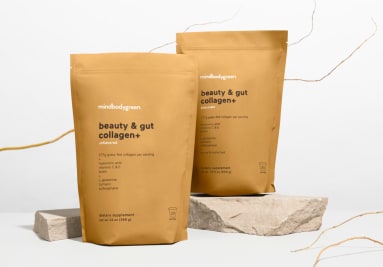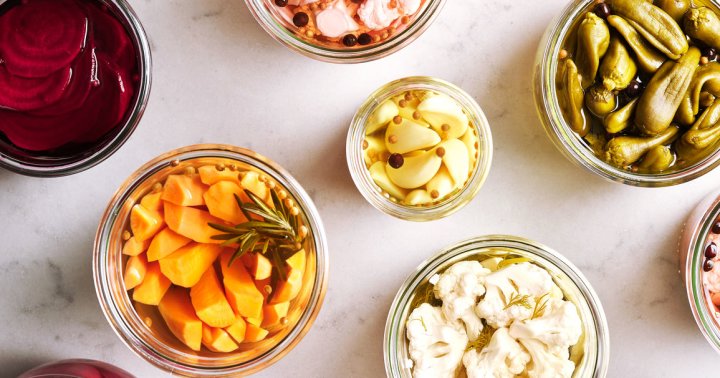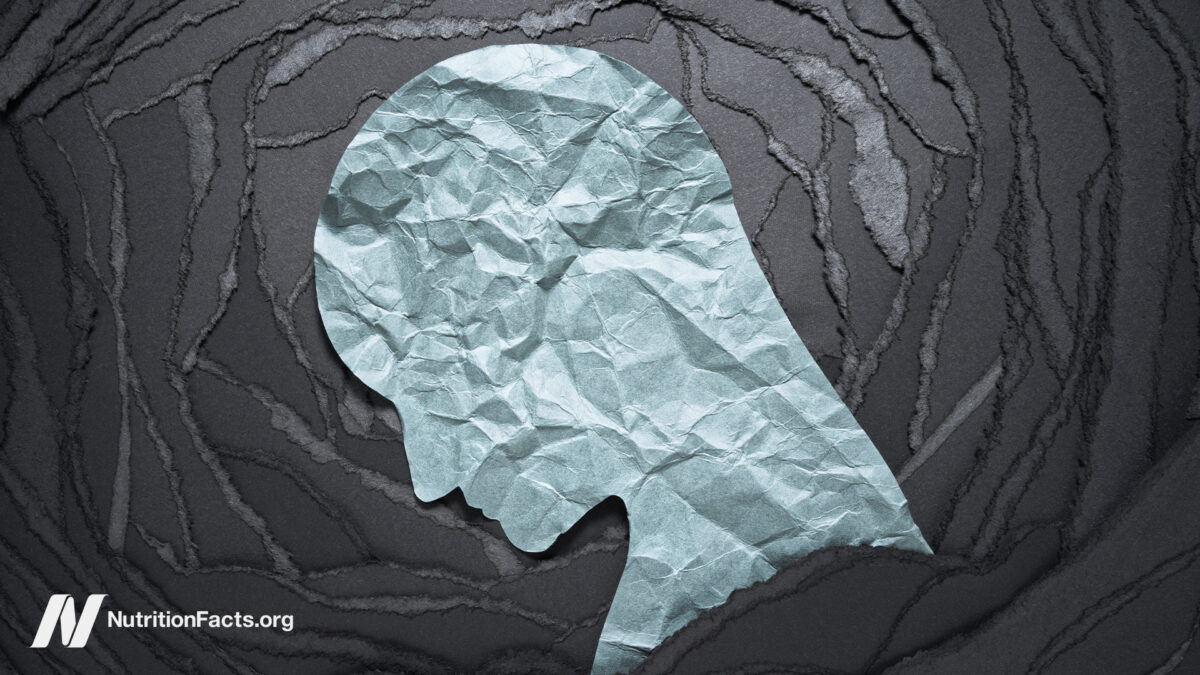Does Putting This In Your Coffee Lead To More Youthful Skin? Here's What To Know
What to avoid and include, plus what to follow.


mbg Assistant Beauty Editor
mbg Assistant Beauty Editor
Hannah Frye is the Assistant Beauty Editor at mindbodygreen. She has a B.S. in journalism and a minor in women’s, gender, and queer studies from California Polytechnic State University, San Luis Obispo. Hannah has written across lifestyle sections including health, wellness, sustainability, personal development, and more.
Image by Kike Arnaiz / Stocksy December 4, 2022 Derms, estheticians, and skin care experts will always tell you that maintaining healthy skin begins with what you consume—and that starts first thing in the morning. Whether you drink coffee, matcha, or chai, what you put inside the cup can influence your skin. While caffeine itself isn’t going to negatively impact your skin (big relief), certain additional ingredients can. Here are five quick and easy tips to make your morning beverage beneficial for your skin, so you can supercharge your daily ritual.
Advertisement
This ad is displayed using third party content and we do not control its accessibility features.
1. The general limit for daily caffeine intake, according to the FDA, is 400 mg1 (i.e., about four cups of coffee a day is shown to be safe for healthy adults). However, if you know your caffeine metabolism runs on the slower side—or four cups make you feel jittery—cutting yourself off at two cups a day is probably a better idea. The goal here is to limit the side effects of consuming too much caffeine2, which include inadequate hydration and trouble falling asleep (just to name a couple)—both of which can influence your skin. To ensure your cup of coffee doesn't influence your sleep, try to cut off consumption at least four to six hours before going to bed, as studies show that a dose of caffeine (specifically a hefty 400 mg dose3) can interrupt your sleep. 2. If you’re going to put creamer or milk in your coffee, you should try your best to be mindful of which product you choose. For example, in one study noted by the American Academy of Dermatology (AAD)4, those who consumed skim milk were more likely to experience breakouts than those who consumed other forms of milk or alternative plant “milk.” The AAD notes a theory that hormones in the milk put one at a higher risk for breakouts. Milk consumption has also been linked to an increase in a hormone called IGF-15, which stimulates oil glands to produce more sebum. This has the downstream effect of an oilier complexion, which can lead to congested pores for some. If you'd like to go the alt-milk route, try to stick with almond, flax, coconut, hemp, and cashew milk instead, as these blends tend to be the most blood-sugar friendly. This ad is displayed using third party content and we do not control its accessibility features. 3. If you’re going to drink caffeine every day, why not make it helpful for your skin, rather than just minimize the negative impact? One quick way to do so is by adding a scoop of collagen powder to your coffee. This ad is displayed using third party content and we do not control its accessibility features. 4. According to the AAD, a low glycemic index dietary approach may lead to clearer skin. This means opting for less sugar when possible (instead, opt for slow carbs with fiber from fruits, veggies, whole grains, legumes, etc.), and choosing small amounts of natural sweeteners when you do want to sweeten things up. For those who order a vanilla-syrup latte over black coffee, it can be hard to find a way to sweeten your beverage without causing a blood sugar spike. A few A+ options to sweeten your cup include stevia, honey, maple syrup, and monk fruit. (You could also opt for our beauty & gut chocolate collagen+, which comes naturally sweetened with plant-sourced ingredients: organic cocoa and organic monk fruit extract.) 5. Contrary to popular belief, moderate caffeine intake itself doesn’t actually impact your overall hydration levels, studies reveal8. However, if you’re constantly reaching for cup after cup, you’re more likely to skip a glass of water. For every cup of coffee you drink, try your best to add in another glass of water. If you sip on coffee slowly throughout the day, place a glass of water next to your cup to ensure you’re alternating between the two. After all, internal hydration is essential to maintaining healthy, dewy skin. This ad is displayed using third party content and we do not control its accessibility features.Know how much you should drink & when to consume it.
Choose your milk wisely.
Advertisement
Add collagen to your cup.
Advertisement
Keep the sugars to a minimum.
Don’t skimp on your water intake.
Advertisement
The takeaway.
The good news is that caffeine won’t negatively impact your skin by itself. However, if you want to make your cup even better for your skin, follow these tips. Remember: Your daily coffee ritual doesn’t have to take away from internal skin care—it can even benefit your skin if you do it right. Collagen supplementation is just one way to supercharge your cup for your skin, but you can read more about the full-body benefits here, if you’re curious.*
If you are pregnant, breastfeeding, or taking medications, consult with your doctor before starting a supplement routine. It is always optimal to consult with a health care provider when considering what supplements are right for you.

 Lynk
Lynk 





























![Reddit Shares Insights into its Rising Influence in Consumer Purchase Pathways [Infographic]](https://imgproxy.divecdn.com/V-kT_B-_RZ8mAMGqZ8rovzJUZZU9Is_XOptK8YoTLRI/g:ce/rs:fit:770:435/Z3M6Ly9kaXZlc2l0ZS1zdG9yYWdlL2RpdmVpbWFnZS9yZWRkaXRfZnV0dXJlX29mX3NlYXJjaDIucG5n.webp)



.jpg)